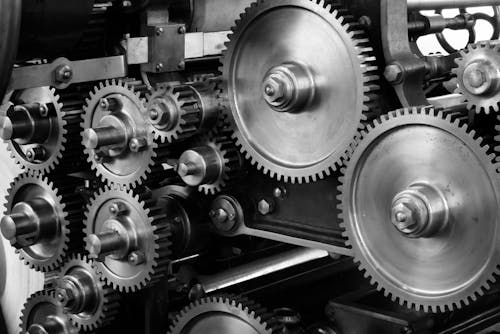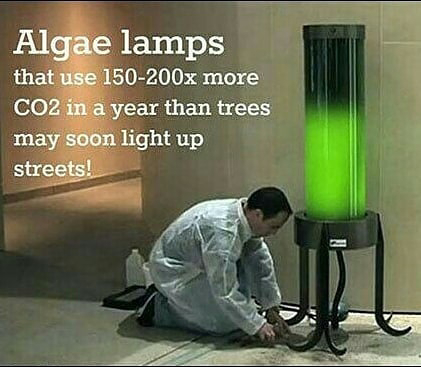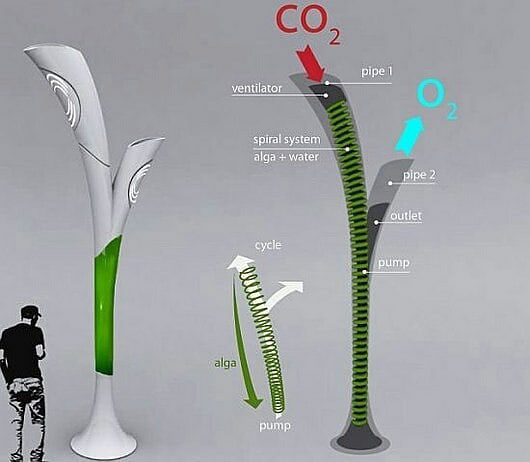DO YOU KNOW HOW MUCH INDIA IMPORT GOODS
CAIT — The Confederation of All India Traders. Data list depend by kitchen bedroom washroom maximum used things chinese product.
As a nation together chinese import items
One year spend 70 Billion Dollars(5341315000000 Indian rupees)
China import in Percentage :






How To Get GDP Data

Sources for GDP Data
The world bank hosts one of the most reliable web-based databases. It has one of the best and most comprehensive lists of countries for which it tracks GDP data. The International Money Fund (IMF) also provides GDP data through its multiple databases, such as World Economic Outlook and International Financial Statistics.
Highly reliable source of GDP data is the Organization for Economic Cooperation and Development (OECD). The OECD provides not only historical data but also forecasts for GDP growth.
The disadvantage of using the OECD database is that it tracks only OECD member countries and a few nonmember countries.
Importance of GDP
GDP is used as an indicator for most governments and economic decision-makers for planning and policy formulation
In case of GDP, each component is given the weight of its relative price. In market economics it clicks as prices reflect both marginal cost of the producer and marginal utility for the consumer, i.e. people sell at a price that others are willing to pay
GDP helps the investors to manage their portfolios by providing them with guidance about the state of the economy
Calculation of GDP provides with the general health of the economy. A negative GDP growth portrays bad signals for the economy. Economists analyse GDP to find out whether the economy is in recession, depression or boom
- Expenditure approach,
- Income approach
- Value-added approach
Following is a simple way to calculate the GDP. GDP = consumption + investment + government spending) + (exports-imports) and the formula is GDP = C + I + G + (X-M)
C= spending by consumers,
I= investment by businesses,
G= government spending and
(X-M)= net exports, that is, the value of exports minus imports. Net exports may be negative i.e. imports are more than exports.
Best Air Purifying Houseplants

Barberton Daisy
Place the plant in a room with plenty of natural light and keep the soil moist but well-drained
English Lvy
Needs generous watering and 4 hours of direct sunlight a day
Snake Plant
Be mindful not to overwater, as the roots are prone to rot in moist soil
Spider Plant
Provide them with well-drained soil and bright ,indirect light. Avoid over watering
Chrysanthemum
The plant loves sunlight ,so place it in a spot near a sunbathed window
Aloe Vera
place in bright and indirect sunlight or artifical light
Find Highest Ever Level Of Microplastics On Seafloor
Find Highest Ever Level Of Microplastics On Seafloor



An international research project has revealed the highest levels of microplastic ever recorded on the seafloor, with up to 1.9 million pieces in a thin layer covering just 1 square metre.
The only way to reduce the amount of plastic and micro plastics in the ocean is to reduce the amount of plastic we use
Climate change may push some species to higher elevations — and out of harm’s way

The Map Of Mathematics
Unless you were a total pro at mathematics in high school, you probably only have a vague recollection of things like geometry, algebra, and some guy called Isosceles
The Map of Physics
Tokyo 2020 shows off Olympic medals made from old phones
The Smallest Computer in the World Fits On a Grain of Rice
Anti-Solar Cells Could Keep the Power Going at Night



Why use a bamboo toothbrush?

THE PLASTIC PROBLEM

- Let’s begin with sourcing. Plastic toothbrushes are are no different to the majority of other plastic items; oil-derived. Oil is an increasingly scarce resource that is highly polluting in its extraction, processing and disposal of the waste material.
- The bad news continues—most users of plastic toothbrushes are unaware of the toxicity hidden inside the product they use on a daily (hopefully twice a day), basis. Many brushes leach toxins such as BPA and phthalates which are linked to health problems including reproductive issues and cancer.
- The final issue with plastic toothbrushes comes to when its time to replace them. The vast majority of toothbrushes are not recyclable due to the mix of materials used in their manufacture, and the contaminated plastic in the bristles. As a result, most toothbrushes will end up in a landfill or worse, our seas, where over time they break up turning into microplastics (which we will be covering in a future blog post) —tiny but very harmful pieces of plastic that can kill marine life and even make their way into our food chain and drinking water.

A New Way To Remove Contaminants From Nuclear Wastewater

Nuclear power continues to expand globally, propelled, in part, by the fact that it produces few greenhouse gas emissions while providing steady power output. But along with that expansion comes an increased need for dealing with the large volumes of water used for cooling these plants, which becomes contaminated with radioactive isotopes that require special long-term disposal.
Indian Forest Expanded by in Last 2 years

Lost Mobile Phone Tracker Portal CEIR

World Biggest Air Purifier






